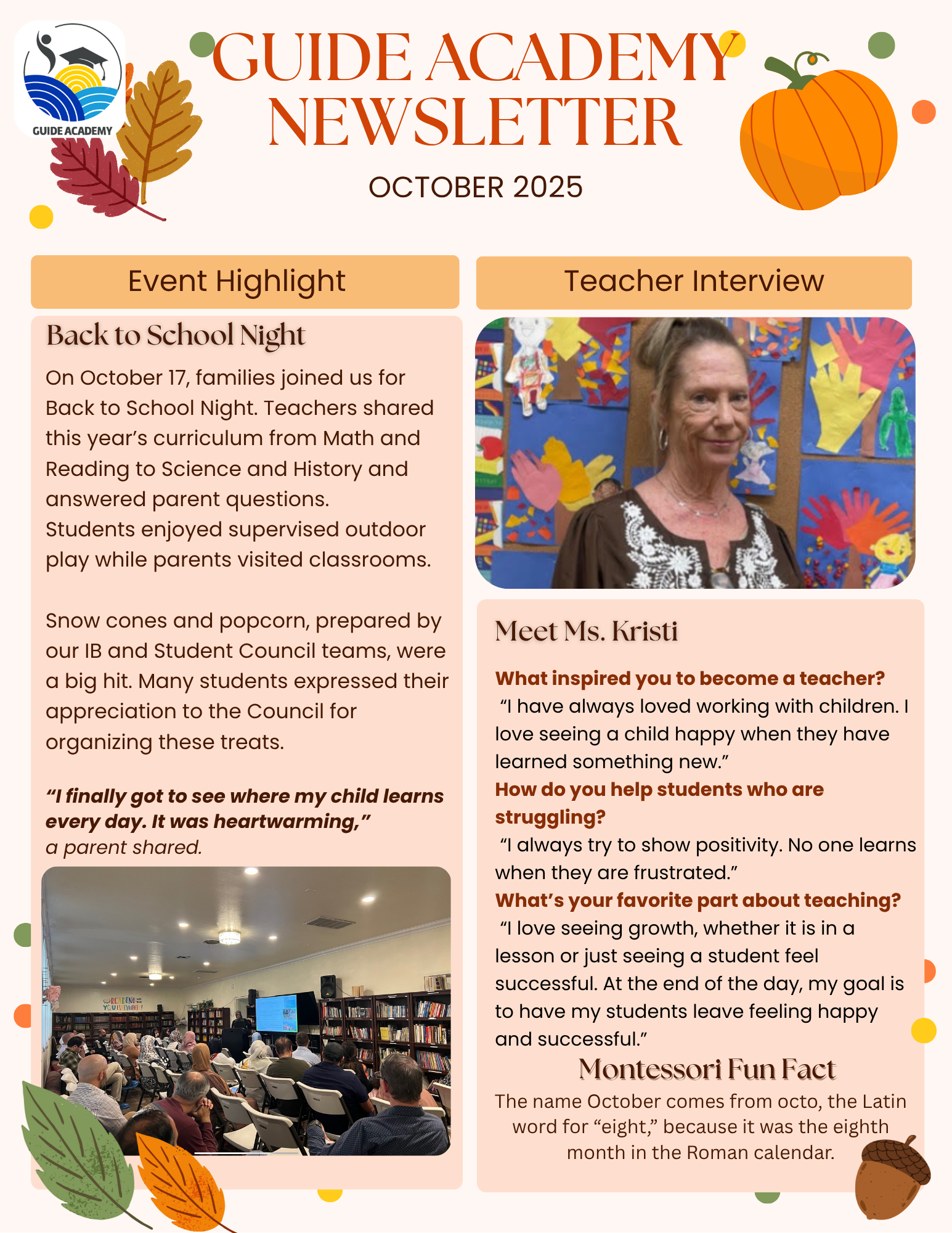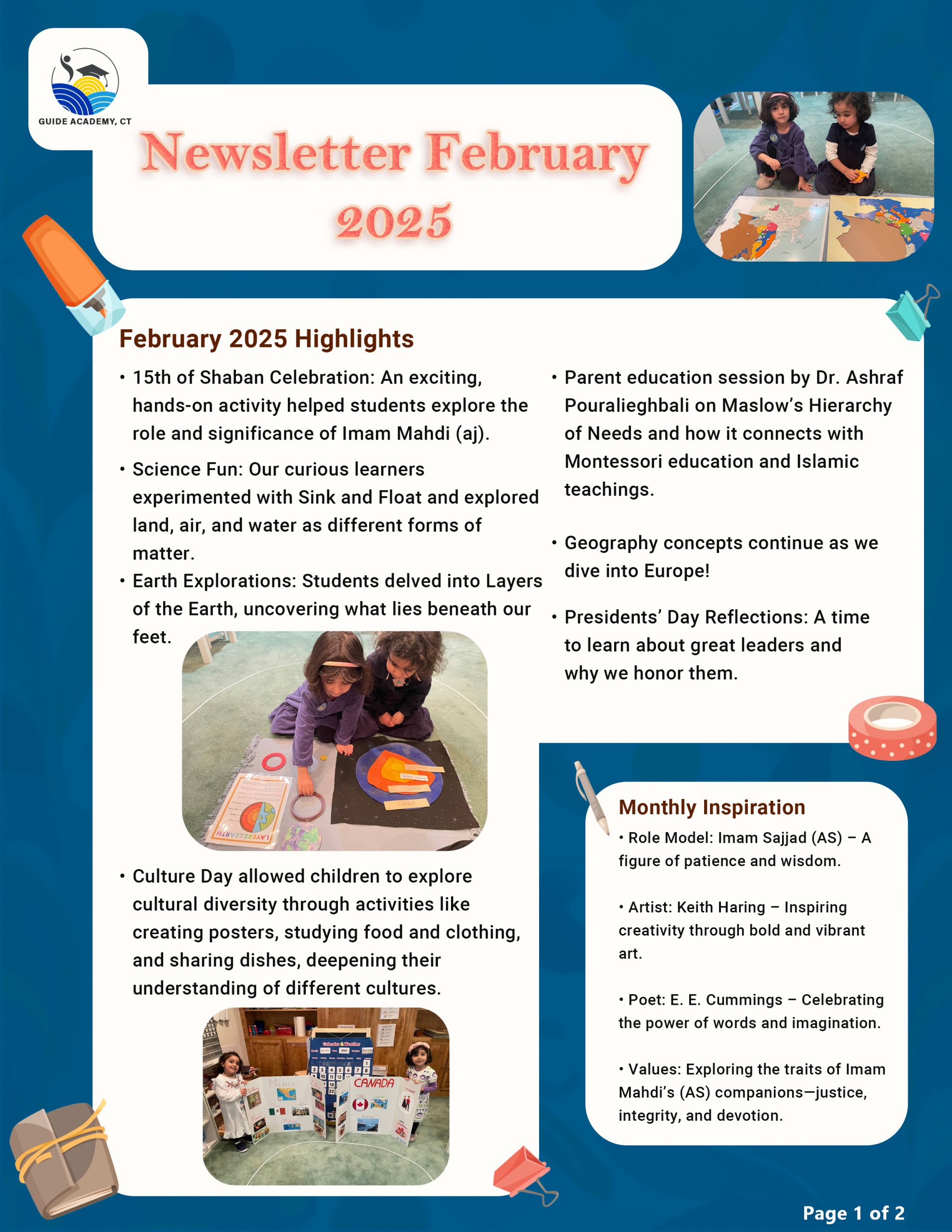Learn Why
Best Montessori Activities Your Toddlers and Preschoolers Will Enjoy
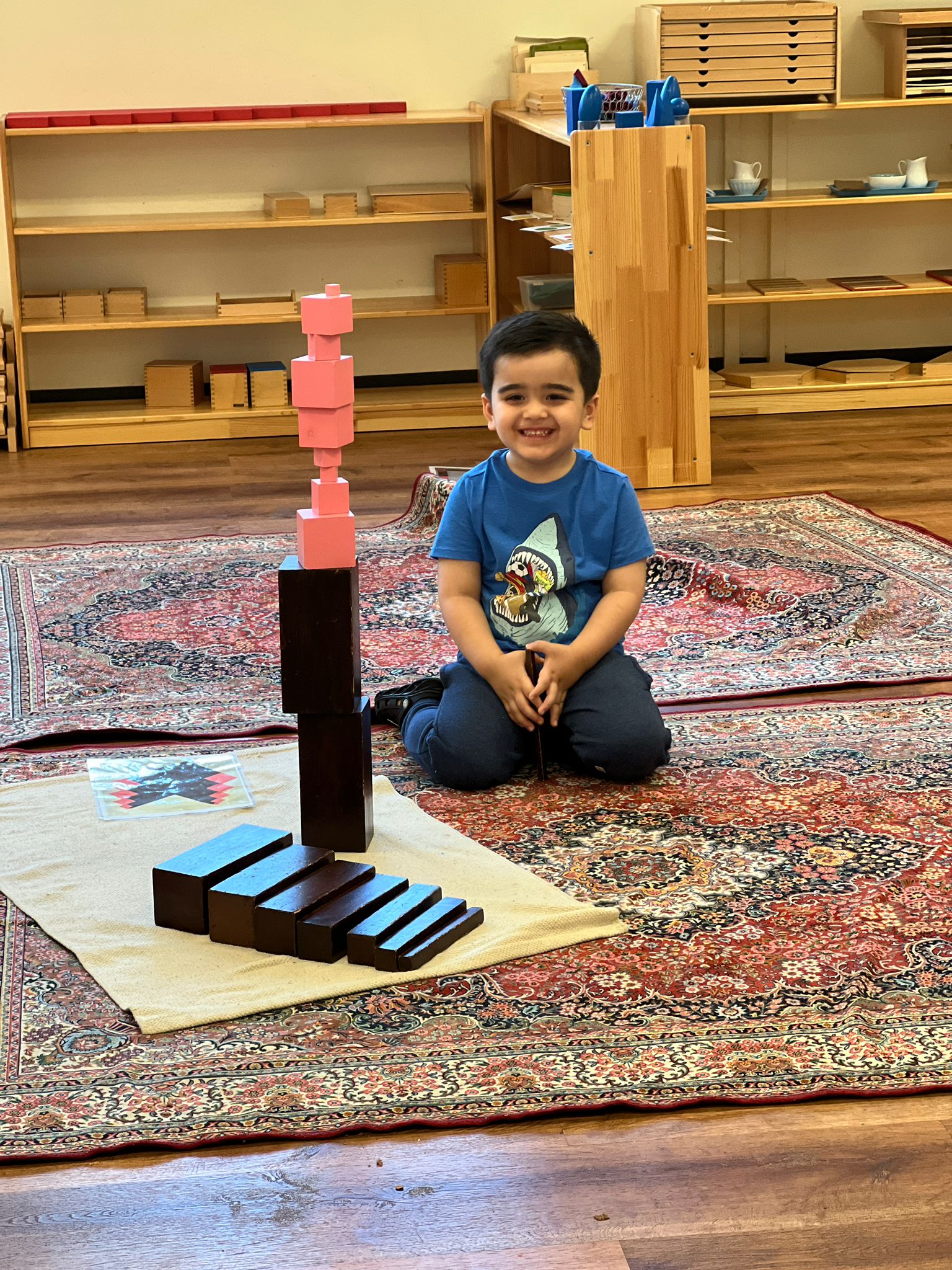

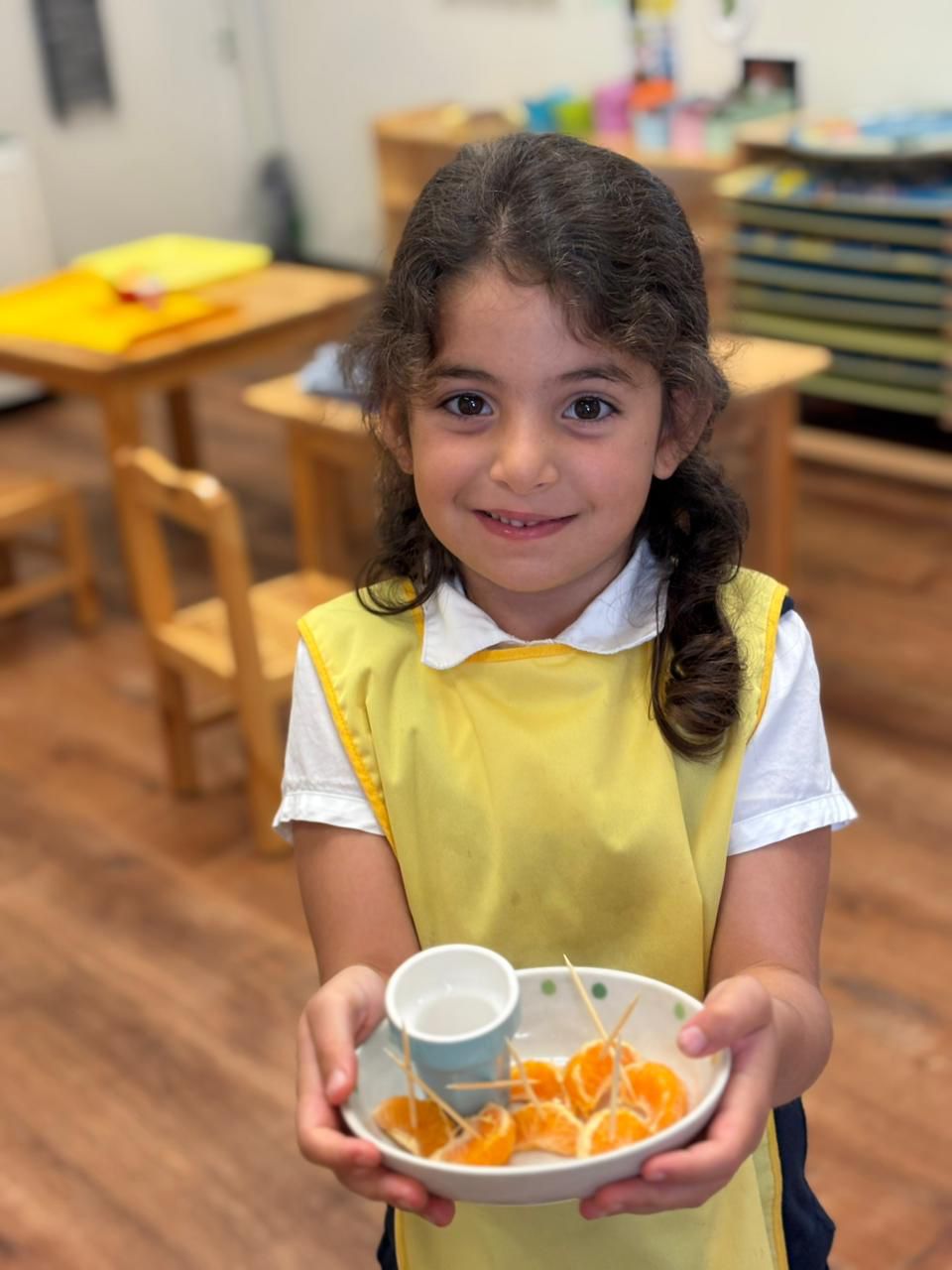
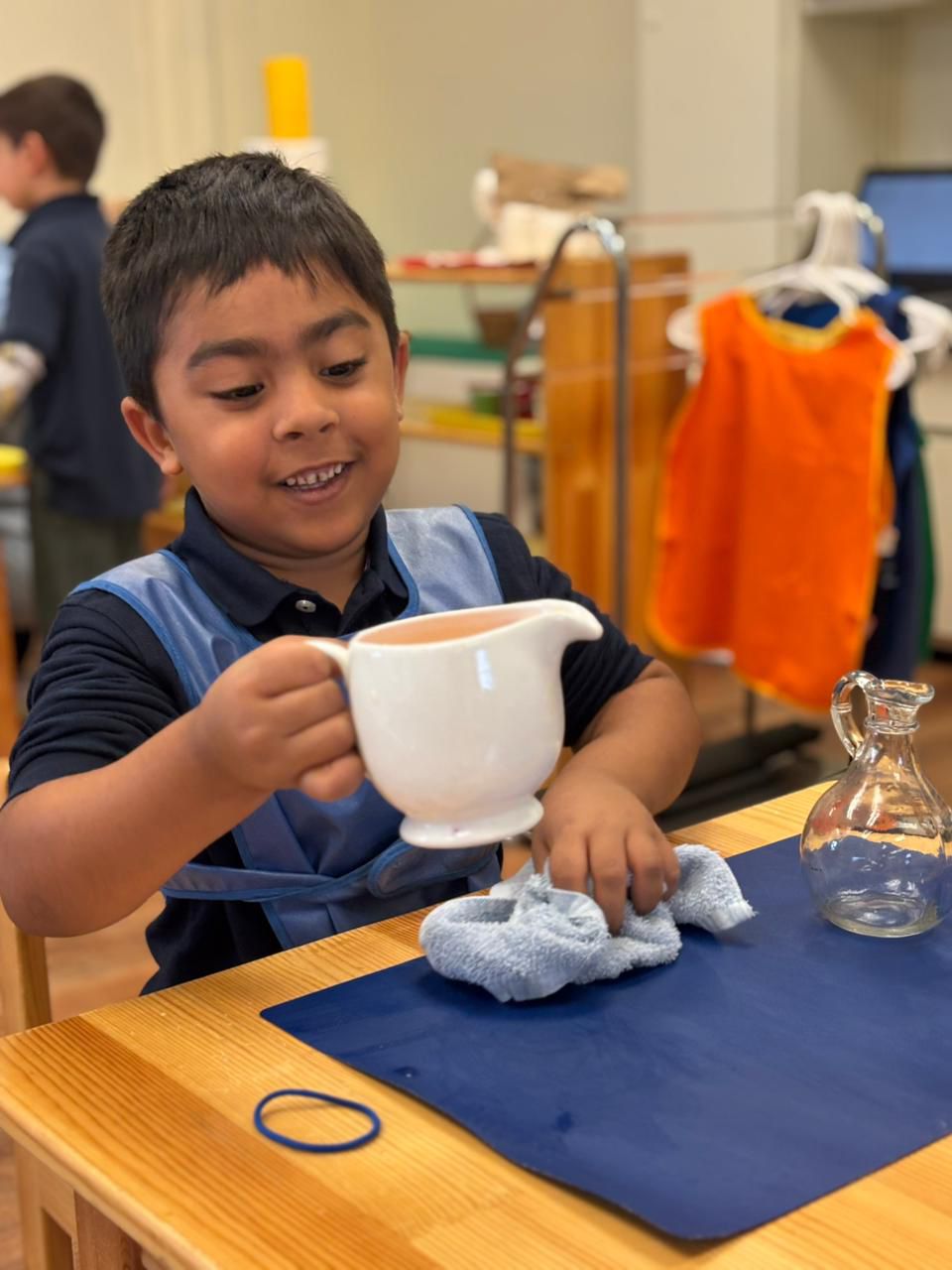
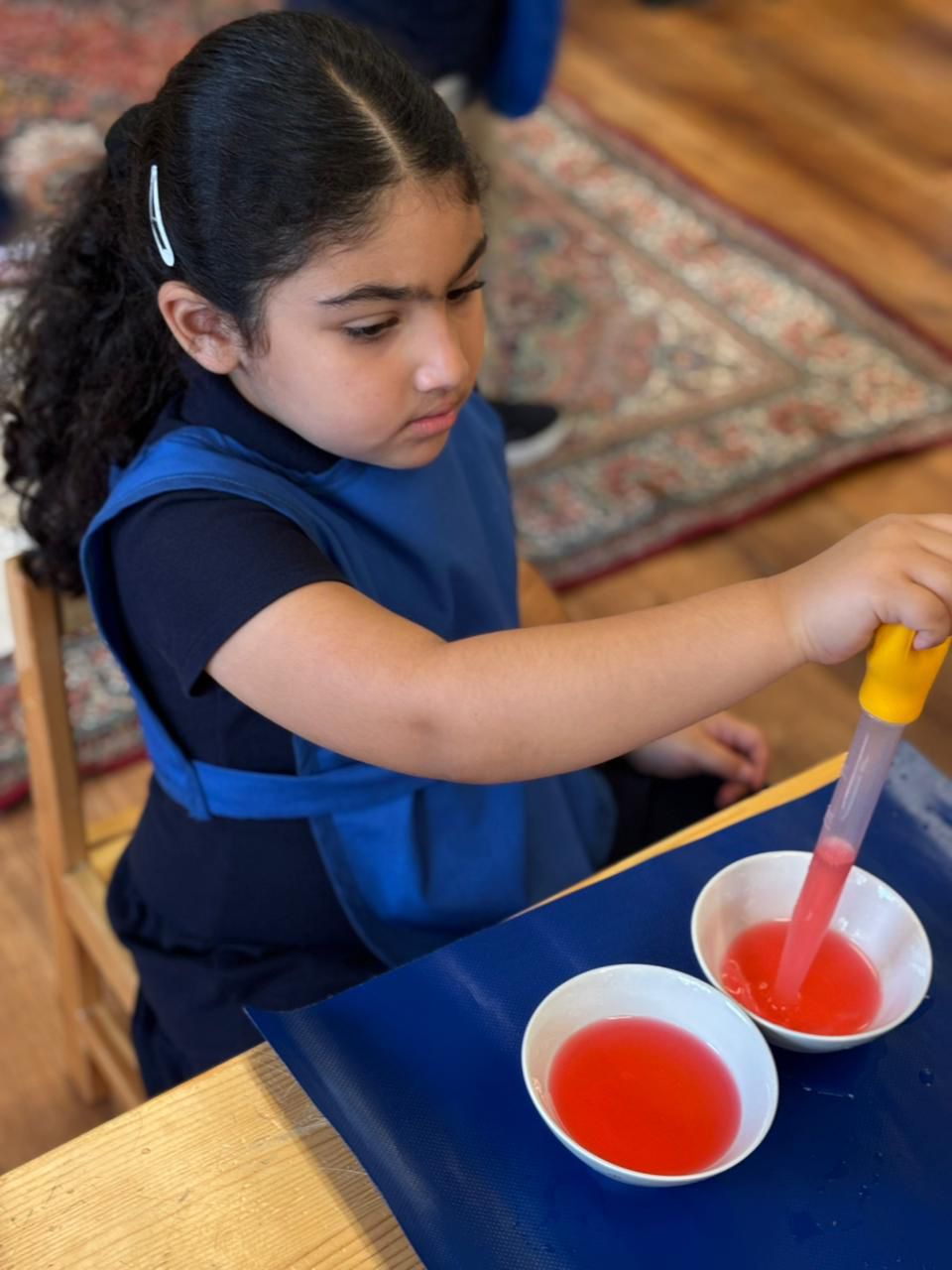
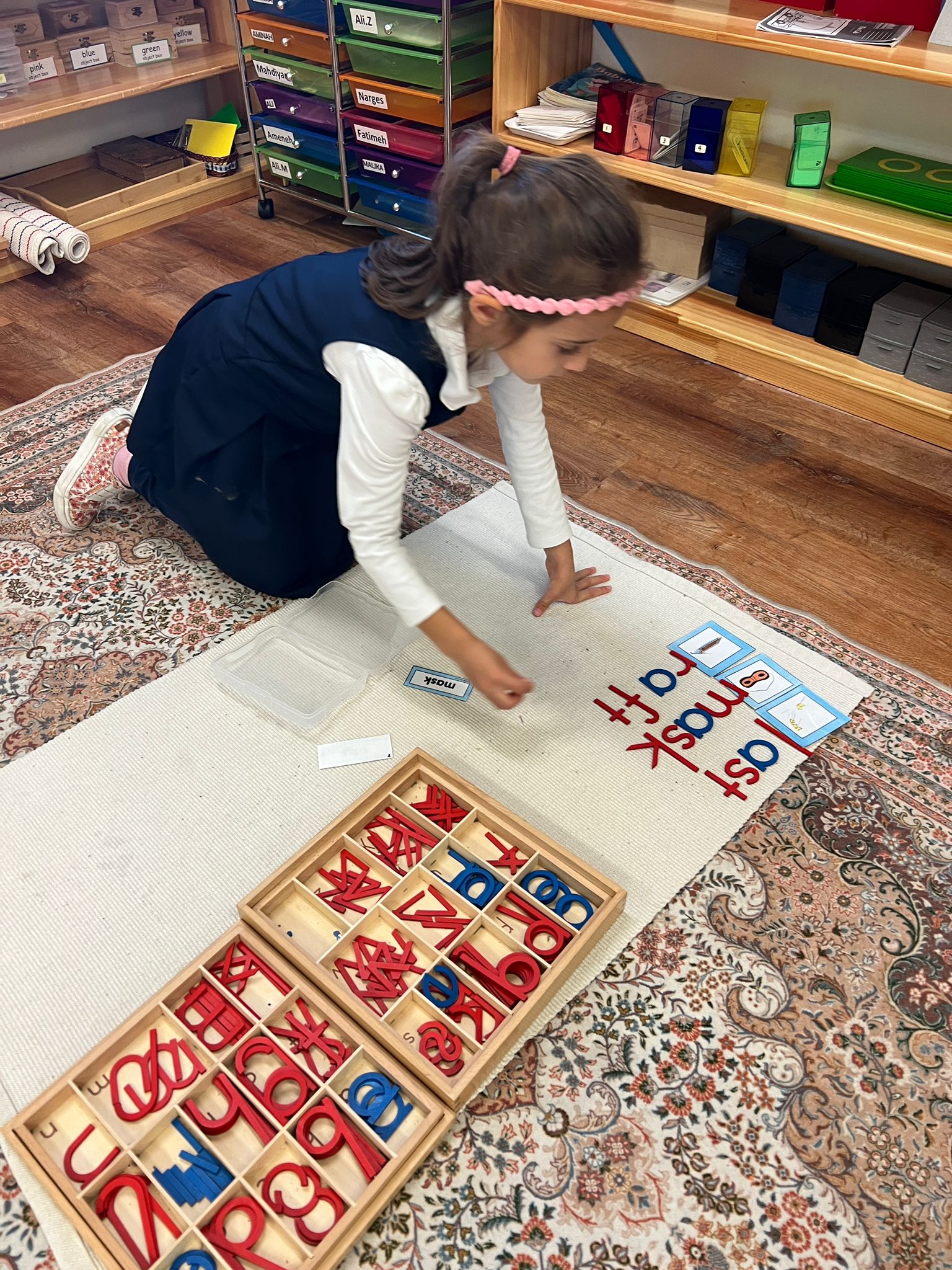
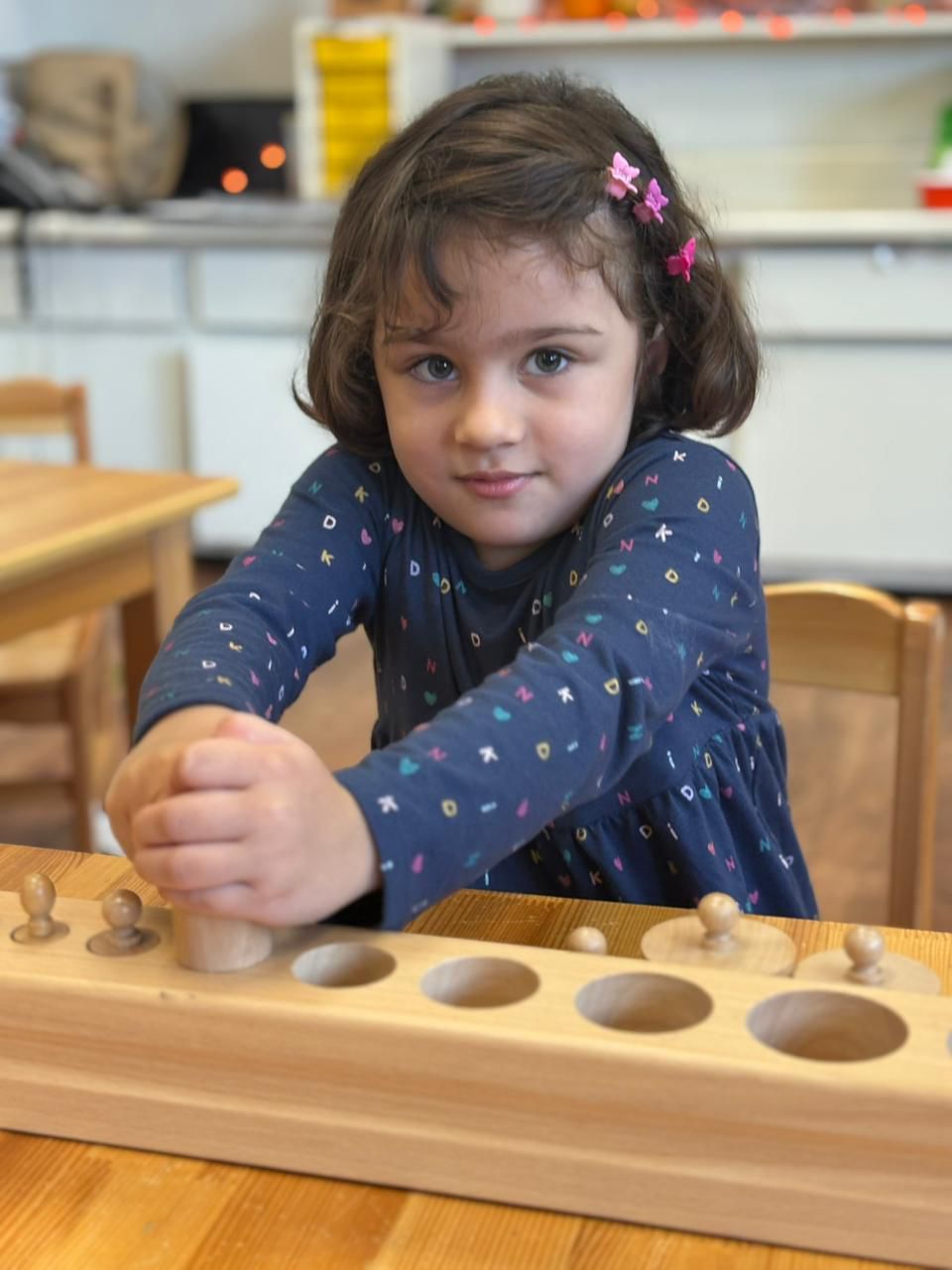
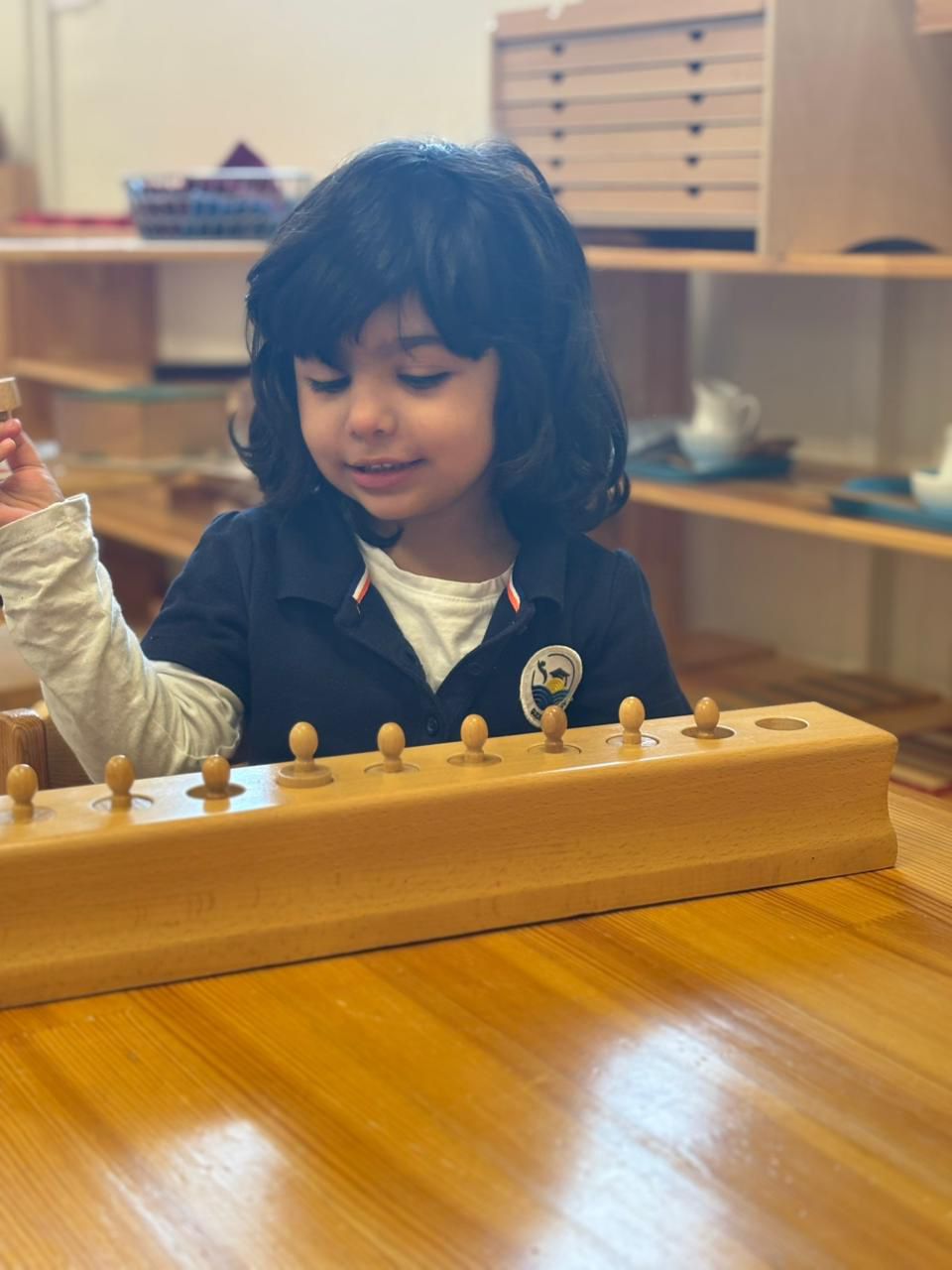
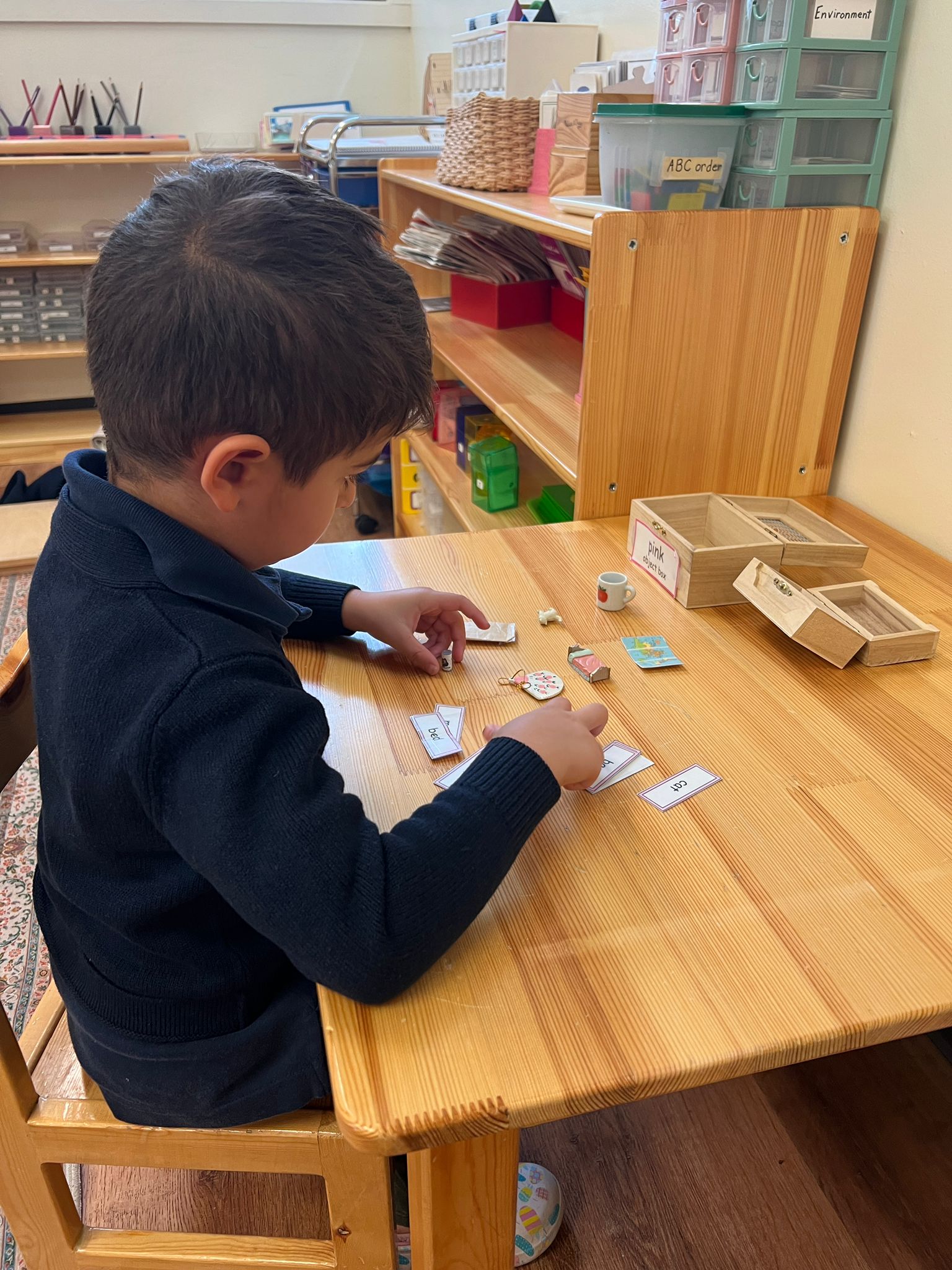
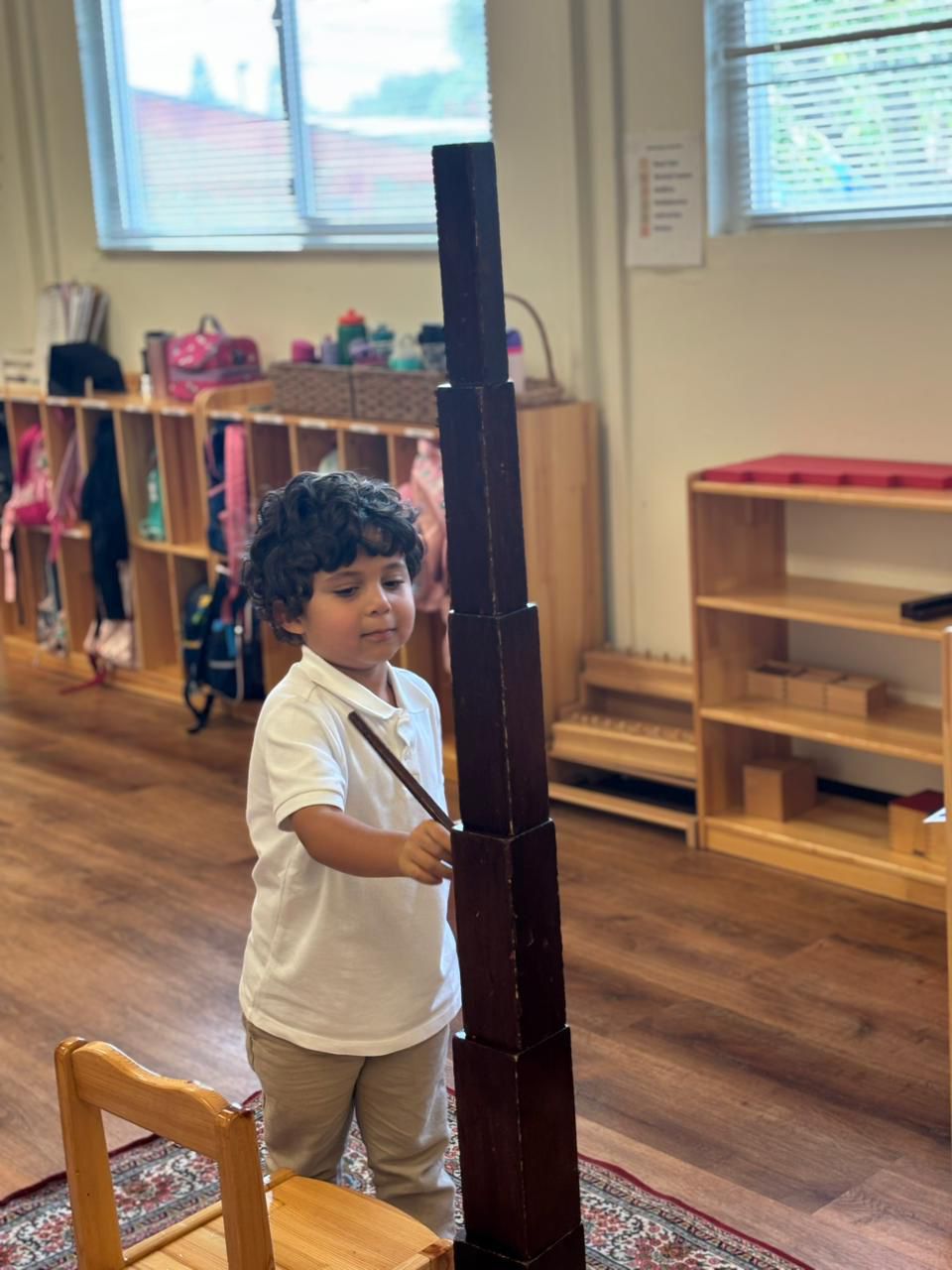
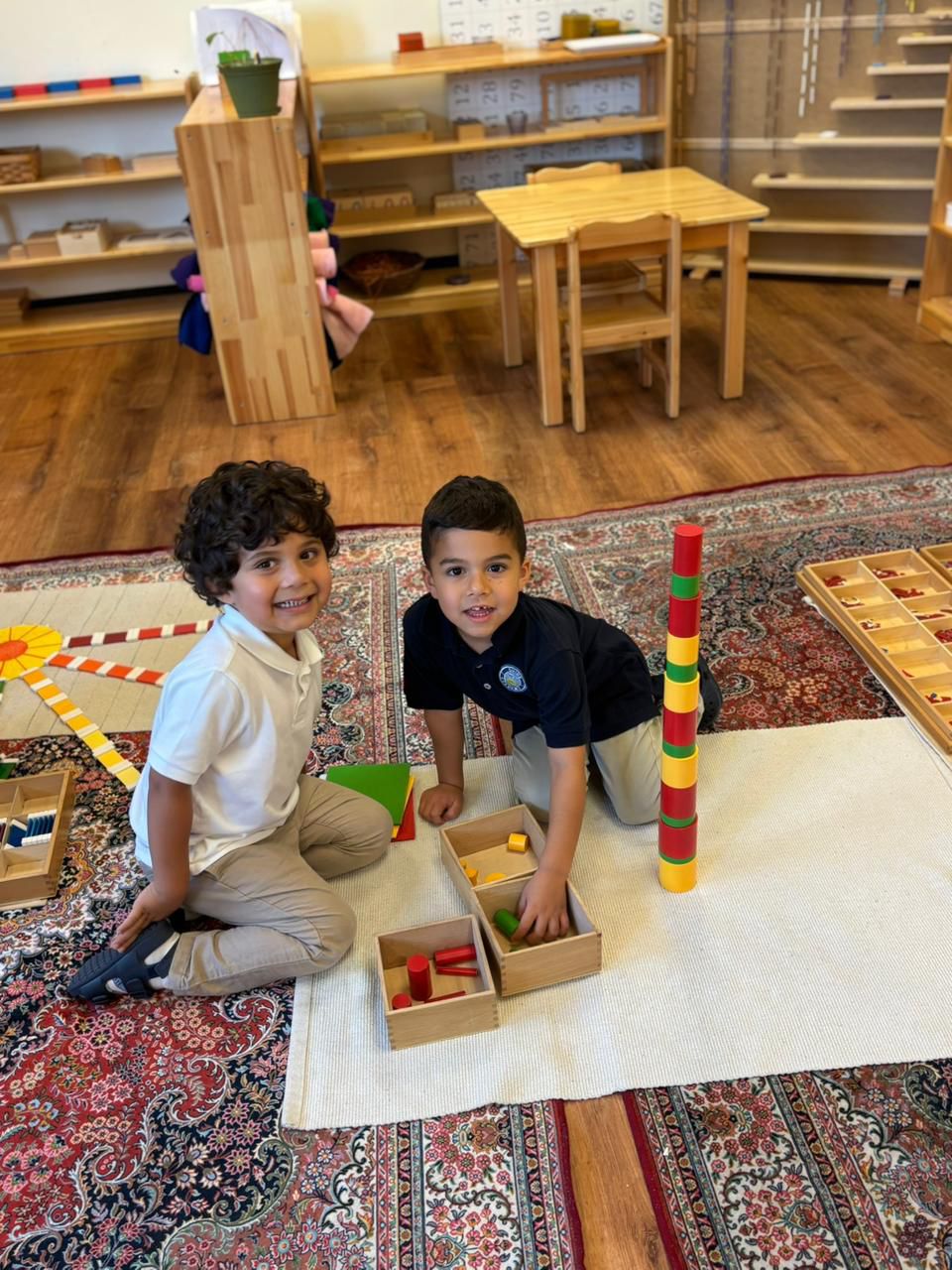
Introduction
“Let the children be free; encourage them; let them run outside when it is raining; let them remove their shoes when they find a puddle of water; and when the grass of the meadows is wet with dew, let them run on it and trample it with their bare feet; let them rest peacefully when a tree invites them to sleep beneath its shade; let them shout and laugh when the sun wakes them in the morning.”
The primary idea of Montessori pedagogy is to support children’s natural curiosity for exploration by allowing them freedom within limits while also teaching them practical life skills. Nature is also a key part of this approach, encouraging children to become social beings motivated by the world around them. Below are some simple Montessori activities you can do at home using everyday materials.
1. Playing Color Sorting and Color Finding
One of the first cognitive skills that children develop is the ability to recognize colors. The toddler years are an excellent time to actively teach colors, a practice that should continue into early school years. Everyday life offers many opportunities to introduce children to colors. Start with one color for simple sorting exercises, then gradually move on to more colors as they begin to recognize specific shades.
A great way to introduce this concept is through a discovery basket filled with objects of the same color but different sizes and textures. Place the basket on a shelf where your child can freely explore and notice that all the items share the same color.
2. Diagnosing Magnetic Objects
Prepare a tray with a magnet, pencil, metal bulldog clip, toy digger, key, plastic bag clip, metal measuring cup, rock, metal spoon, coin, peg, plastic model butterfly, and wooden block. Mix both magnetic and non-magnetic items together. Give your toddler the magnet and allow them to test which items are magnetic. Older children can even make predictions before testing and then sort the objects based on results.
3. Visiting a Local Library

Visiting the library is a wonderful way to inspire a love for books and reading. Talk with your child beforehand about what to expect: explain that a library is a place to borrow books for a while and then return them so others can enjoy them too. Remind them that libraries are quiet places where we read and explore calmly.
Children usually enjoy choosing books, especially from the junior section. Librarians can also recommend books, and many libraries offer story times, activities, and holiday programs for kids.
4. Playing a Fun Mystery Bag
This game sharpens the sense of touch while being highly engaging. Place a few everyday items with different textures in a bag. Ask your child to reach in, feel an object, and guess what it is without looking. This activity refines a child’s stereognostic sense and always brings plenty of excitement.
Discover what makes Guide Academy unique
Schedule a Tour
Our Montessori and IB programs are rooted in academic excellence and spiritual development, creating a learning environment where students thrive. Come tour our campus, meet our passionate educators, and experience a school community dedicated to nurturing future leaders.


